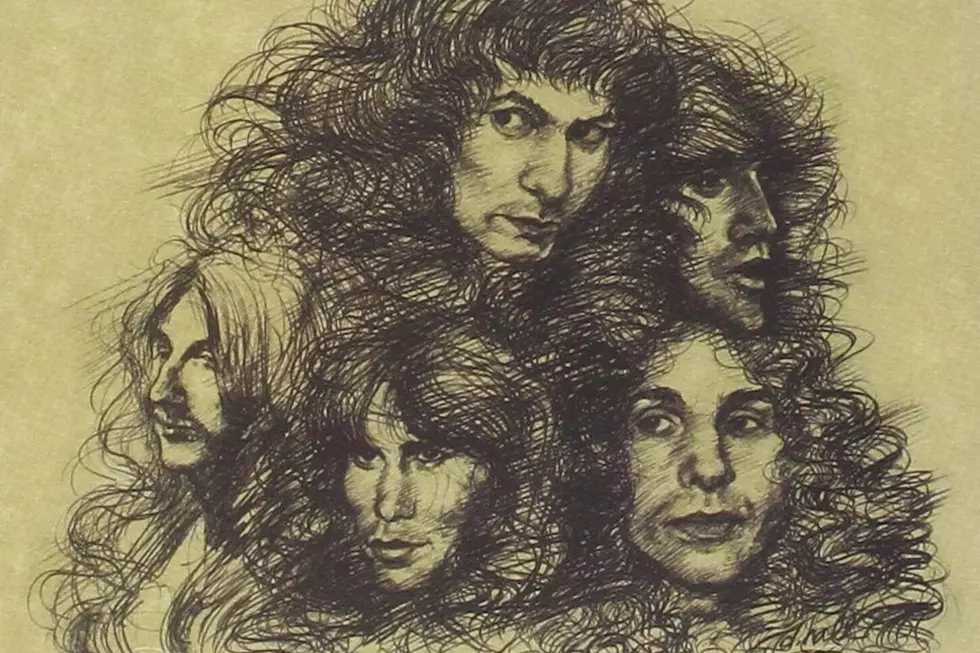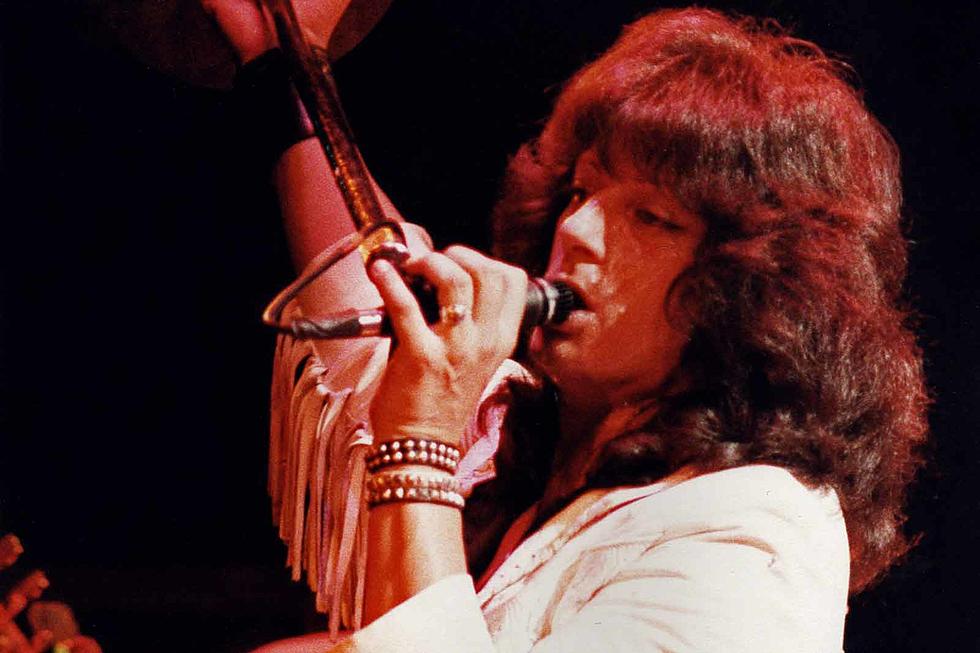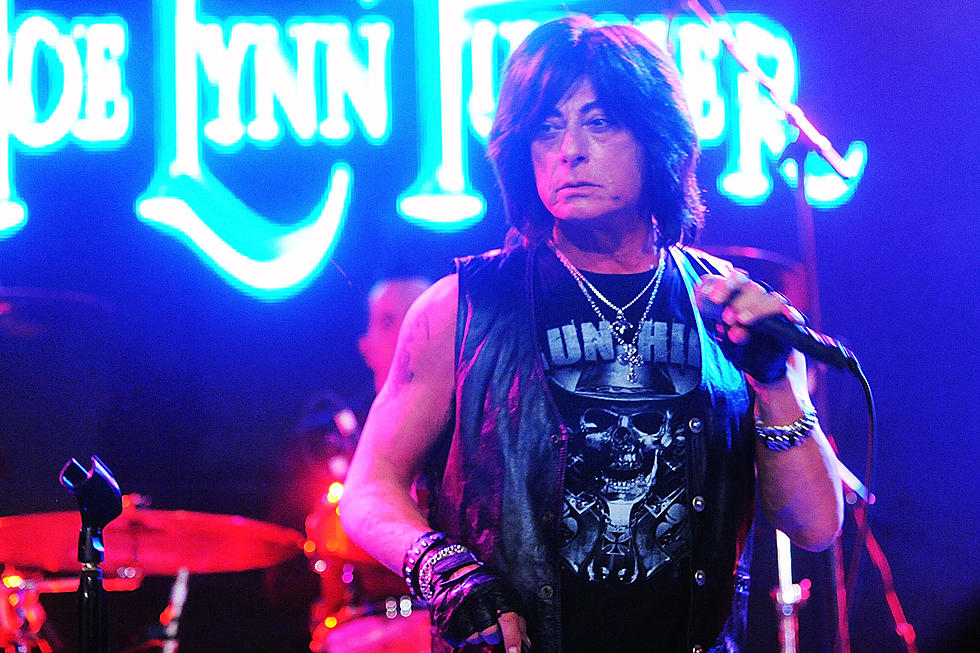
Why Rainbow’s ‘Long Live Rock ‘n’ Roll’ Heralded the End of an Era
In a career that's spanned a number of remarkably successful decades, Ritchie Blackmore was perhaps never more inspired, influential or powerful than in the period leading up to the release of his third studio set with Rainbow, Long Live Rock ‘n’ Roll, on April 9, 1978.
Rainbow was an absolute juggernaut at the time, casually slapping aside the increasingly hobbled (Black Sabbath, Led Zeppelin) or recently defunct (Deep Purple) elder statesmen of heavy metal. They also were establishing the pace for fellow younger powers such as Judas Priest, UFO and the Scorpions during the second half of the '70s.
Blackmore, singer Ronnie James Dio and their rotating cast of backing musicians had already notched a classic debut LP, a metal landmark for the ages in sophomore triumph Rising (later voted the No. 1 heavy metal album of all time by the discerning readership of Kerrang! Magazine), and enjoyed a victory lap in the shape of 1977's On Stage live album. So, it's no wonder anticipation was at an all time high when Long Live Rock ‘n’ Roll arrived in record stores.
But with the album came both signs of familiarity and the seeds of looming change.
First the familiar: In songs like the Camelot-inspired "Lady of the Lake," the treasonous, no-holds-barred "Kill the King," and mysteriously evocative "Gates of Babylon" (the last track completed for the LP), Rainbow once again sated the appetites of diehard fans who, from day one, had embraced the band’s so-called "Castle Metal" – a style inspired in part by Dio’s heroic lyrics and largely by Blackmore's love of classical and medieval music.
Listen to Rainbow Perform 'Kill the King'
But secondly and perhaps most significantly, the album introduced several modern-themed hard rockers in "Sensitive to Light," "L.A. Connection" and the album's title track, obviously, that revealed the ever-mercurial Blackmore was starting to grow weary of his original Rainbow vision – a harbinger of his band’s concerted shift towards a more commercial sound in the years ahead.
However, Dio had little interest in pursuing this more predictable, chart-conscious hard rock direction and, already chaffing under Blackmore's iron hand and inscrutable personality, didn't think twice about defecting to Black Sabbath when guitarist Tony Iommi came calling.
Of course this development only hastened Blackmore’s pursuit of his new songwriting directive, and the decision to recruit more malleable musicians and less strong-willed lead singers – first Graham Bonnett, then Joe Lynn Turner – to interpret his simplified musical vision, inevitably alienated scores of Rainbow fans.
By the time, Blackmore closed up shop to rejoin Deep Purple in 1984, Rainbow’s final studio effort, 1983’s Bent Out of Shape, was totally unrecognizable as a work by the same band that had produced that eponymous debut in ’75. As a result, Long Live Rock ‘n’ Roll continues to be widely celebrated as the final essential album of Rainbow's career.
Top 50 Classic Heavy Metal Albums
10 Most Important Dio Historical Moments
More From Ultimate Classic Rock









